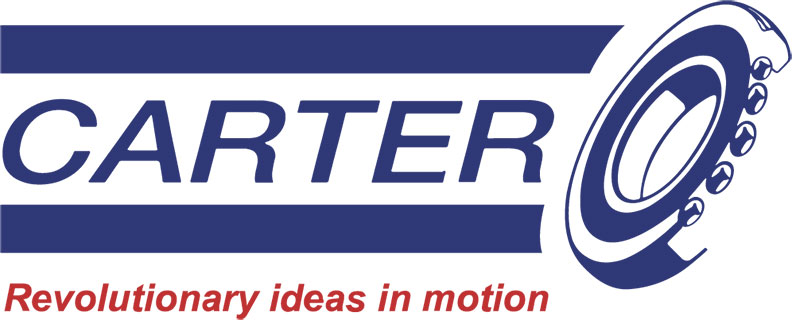High-altitude bearings play a crucial yet often underappreciated role in aerospace manufacturing, ensuring precise, consistent performance in demanding applications. Specialized bearings are essential for unmanned aerial systems (UAS) like the PHASA-35 from BAE Systems, which encounter extreme temperature variations that challenge conventional bearings. Addressing these issues, Carter collaborated with the Silverthin Engineering team to develop a tailored thin-section bearing solution. Leveraging advanced calculation software, they created a lightweight, compact, and cost-effective design that met all operational requirements, showcasing an ability to innovate in tackling aerospace challenges.
How Temperature Impacts Bearings
Where temperature changes cause materials like steel and aluminium to expand when hot and contract when cold, this movement can impact the fit and alignment of the bearing leading to issues such as increased friction, tightening or loosening of fits and a reduction in bearing life. Both of these issues can generate excessive heat and where high-altitude UAS aircraft require lightweight, stable components, it’s essential to manage the thermal-induced stresses from surrounding structures that can impact bearing performance.
Extending Bearing Durability with Thermal Solutions
To address these challenges, engineers use temperature-resistant materials and flexible designs that allow bearings to expand and contract - without affecting their performance. Selecting materials with appropriate thermal expansion properties reduces the risk of misalignment and damage, improving bearing reliability. In high-altitude aircraft these designs are critical to withstand diverse environmental stresses, such as extreme temperatures and high-altitude pressures, while maintaining system stability.
Enhancing Efficiency with Specialised Lubrication
Lubrication plays a key role in managing friction and longevity of the bearing, helping to ensure smooth operation.
High temperatures can degrade lubricants, while low temperatures can also hinder their performance both of which can lead to increased wear and a shorter bearing life. Engineers can select lubricants which can help bearings to function correctly over the required temperature range, thus supporting extended operational endurance and expanding maintenance interval. This is a key requirement for projects like UAS that must operate for weeks without intervention.
What’s the Future of Thermal Management in Aerospace Bearings?
The advances in bearing technology in projects like PHASA-35 have pushed the boundaries of sustainable, long duration flights, thanks to the development and now the ability to manage the effects of thermal expansion. Engineers continue to set new standards of reliability through precision designs and materials that support proven and long-lasting performance in the most challenging of environments. These improvements not only extend the life of bearings but also pave the way for prolonged, efficient missions across a wide range of high-stakes applications.
Precision bearing and tooling specialist CARTER MANUFACTURING benefits from the all-important status of ‘Space Heritage’ having had direct involvement in providing complete design and engineering support for prestigious ESA and NASA applications. Carter specialise in extreme environment applications supplying bearings which regularly operate at high or cryogenic temperatures. From critical space to commercial aerospace applications Carter provides precision bearings which are AS9120B and EN ISO9001:2015 certified including; hybrid, thin section, spherical plain and miniature, all of which are LNG, LOX, CH⁴, LH2 and LN2 compatible.
More at: https://www.carterbearings.co.uk/bearings/high-temperature-bearings/












McMurtry Spéirling defies gravity using fan downforce
What a fun demonstration. I wonder if they were brave enough to be in the car when it was first turned over. Racing fan cars would be an interesting...